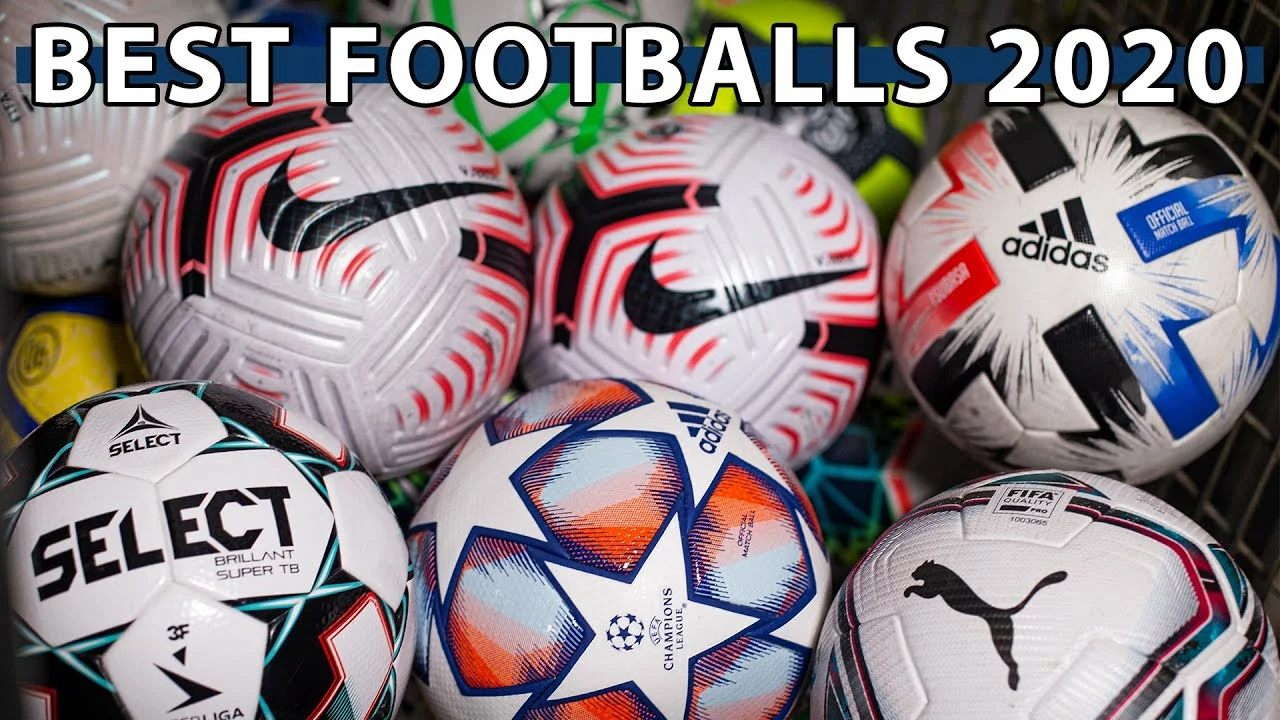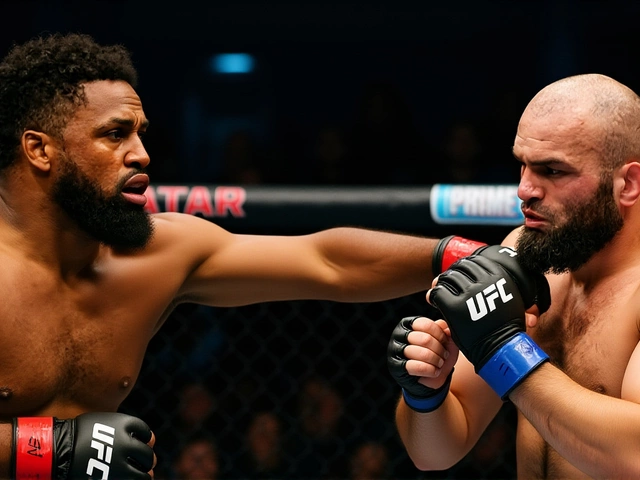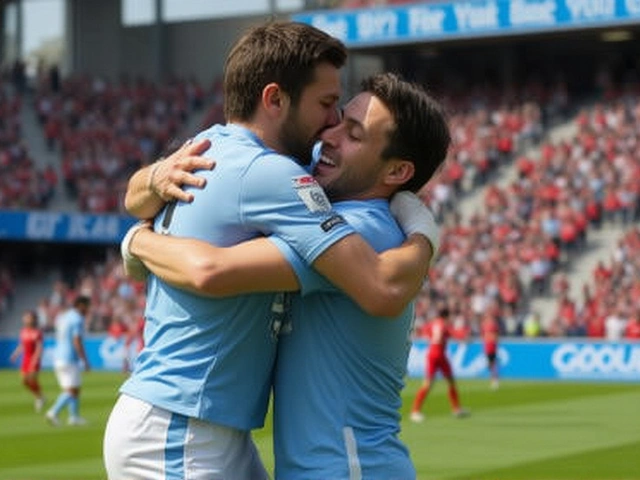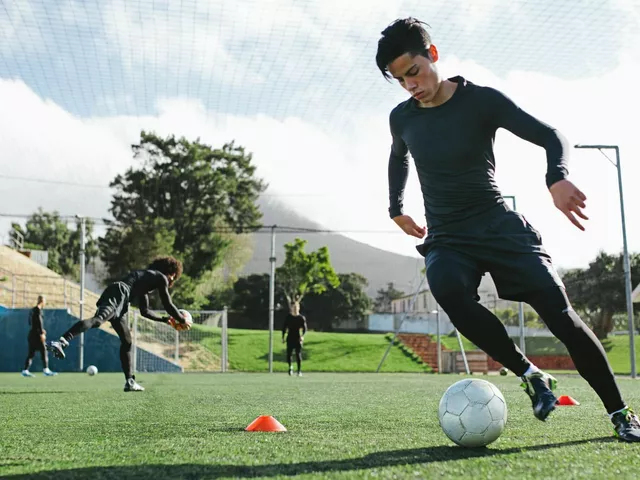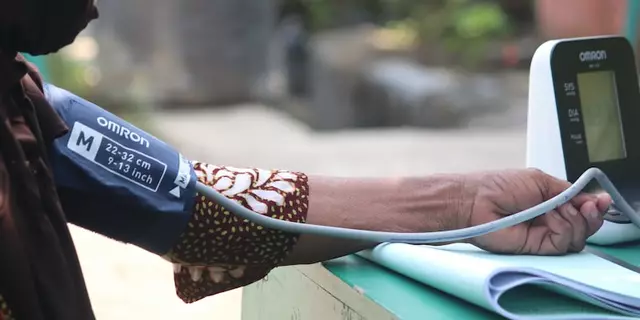Nike Soccer Gear: What Every Aberdeen Fan Should Know
If you’ve ever wondered why Nike kits feel different on the pitch, you’re not alone. Nike has been a big player in football apparel for decades, and Aberdeen’s own history with the brand offers a neat snapshot of how technology meets tradition.
The Nike Chapter in Aberdeen’s Kit History
Back in the early 2000s Aberdeen struck a deal with Nike, swapping the classic red and white strips for a modern, lightweight design. The change wasn’t just about looks – Nike’s Dri-FIT fabric promised to keep players cool and dry, a real advantage in Scotland’s wet weather. Fans still talk about the bold patterns and the way the jersey hugged the body without feeling stiff.
While the partnership lasted a few seasons, it set a standard for future kit deals. When the club later moved to other manufacturers, the expectation for high‑performance materials stayed. So, even if you’re buying a retro shirt today, you’ll notice that Nike’s influence lingered in the cut and fabric choices.
Why Nike Tech Matters on the Pitch
Nike’s biggest claim‑to‑fame is its “Flyknit” and “Aerowoven” technologies. These methods weave yarns into a single, seamless layer, cutting down on weight while adding strength. For a midfielder sprinting up and down the line, that reduction in drag can feel like a boost in stamina.
The brand also uses a special coating called “All Conditions Control” (ACC). It repels water and mud, so the ball slides off the shirt more easily – a tiny detail that can affect ball control in a rainy Aberdeen match.
Another perk is the built‑in stretch zones around the shoulders and torso. Those zones let players move without restriction, which is crucial when you’re battling for a header or making a quick turn.
Choosing the Right Nike Gear for Fans
When you head to the store, start by checking the tag for the latest fabric code – Dri-FIT, Nike AeroReady, or Nike Vapor. The newer the code, the better the moisture‑wicking performance. If you want a classic look, hunt down the 2005‑2008 retro kit; it still uses the original Dri-FIT blend but with a vintage cut.
Fit matters too. Nike offers three main cuts: regular, tapered, and loose. Tapered works well if you prefer a snug feel, while the loose cut gives you freedom for a casual day out. Try the shirt on and move your arms; you should feel the stretch zones engaging without any pinching.
Don’t forget the accessories. Nike’s range of shin guards, socks, and training tops all share the same moisture‑control tech, so pairing them with your jersey creates a cohesive performance package.
Maintaining Your Nike Apparel
To keep your kit looking fresh, wash it inside‑out in cold water and skip the fabric softener – it can clog the Dri-FIT pores. Air‑drying is best; the heat from a dryer can shrink the knit and affect the stretch zones.
For long‑term storage, fold the shirt flat rather than hanging it. This prevents the shoulders from stretching out over time, especially if you’ve got that tight, tapered fit.
With these tips, you’ll get the most out of your Nike gear, whether you’re cheering from the stands or playing a weekend match. The blend of history, tech, and practical advice makes Nike a smart choice for any Aberdeen supporter looking to wear the club’s legacy with comfort and style.
